
Sainsbury’s has reported a 17.9% slump in underlying interim pre-tax profit, the worst half-year profit for years. The trading was, however, better than expected, leading to a mixed reaction on the market. Here, some industry analysts try to break down what the results mean.
David Gray, retail analyst at Planet Retail
“From a top line trading point of view, at least, Sainsbury’s appears to be on an improving trend with Q2 like-for-like declines narrowing those at Q1. This ‘very modest’ improvement can be attributed in part to robust convenience division growth combined with initiatives to adapt big-box concepts to a new retail reality.
“Sainsbury’s has been very transparent regarding adapting its formats to the changing retail paradigm – trialling a mini c-store concept and six future-format outlets. The former provides a potential - if somewhat uncertain - growth opportunity, especially considering the previous Fresh Kitchen debacle. The latter may drive footfall into larger stores through layout changes, enhanced checkout options and by adding third party concessions.
“Add to this the fact that Sainsbury’s estate is structurally advantaged with fewer very large stores, and the outlook for sales performance going forward may not be so bleak after all. Profits, however, are another matter entirely.”
Nick Bubb
”The tone of today’s unusually detailed interim results statement from Sainsbury (for the 28 weeks to Sept 26th) is so relentlessly upbeat that you have sometimes have to double-check that underlying profits did actually slump by 18% (on top of a 6% slip a year ago) and that the interim dividend has been slashed by 20%.
“However, to be fair, underlying PBT of £308m isn’t quite as bad as the City had feared, despite a 1.6% LFL sales decline and margin pressure, and Sainsbury has confirmed that operating cost savings of £115m in H1 were ahead of plan and that good Non-Food sales were part of the relatively good top-line outcome.”
John Ibbotson, director of the retail consultancy Retail Vision
“The brand’s convenience store format is strong, and can quickly be scaled up. The company’s turnaround plan is starting to bear fruit, and the money saved can be ploughed back into keeping prices competitive.
“But major strategic issues remain. The challenge of paying the living wage to all its staff while slashing prices to compete with the discounters will continue to stretch Sainsbury’s.
“And in an environment of food deflation and competitor price cuts, noone should expect a quick return to increased sales. This situation could go on until Aldi and Lidl run out of sites, especially in the Sainsbury’s heartland in the south of England.
“But my bet is that a much leaner, fitter and less profitable Sainsbury’s will still be around in 2020, unlike some of its Big Four competitors.”



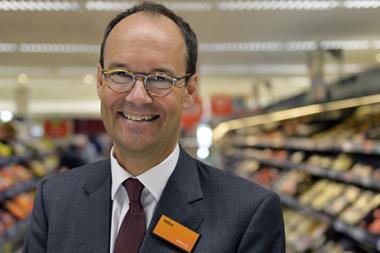

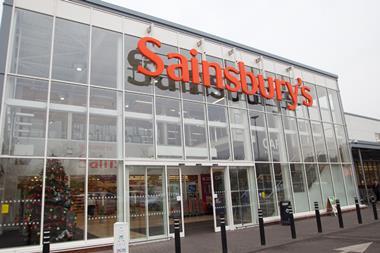

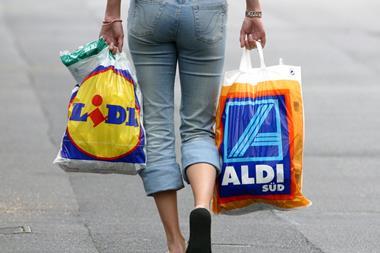


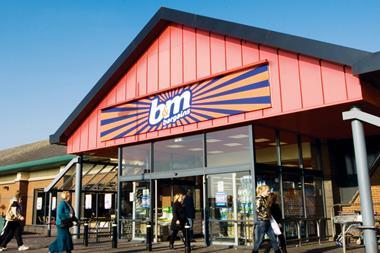


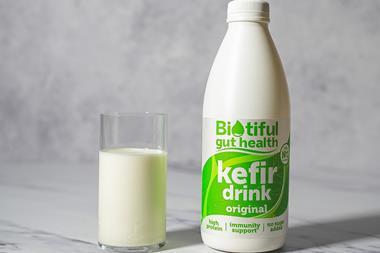

No comments yet